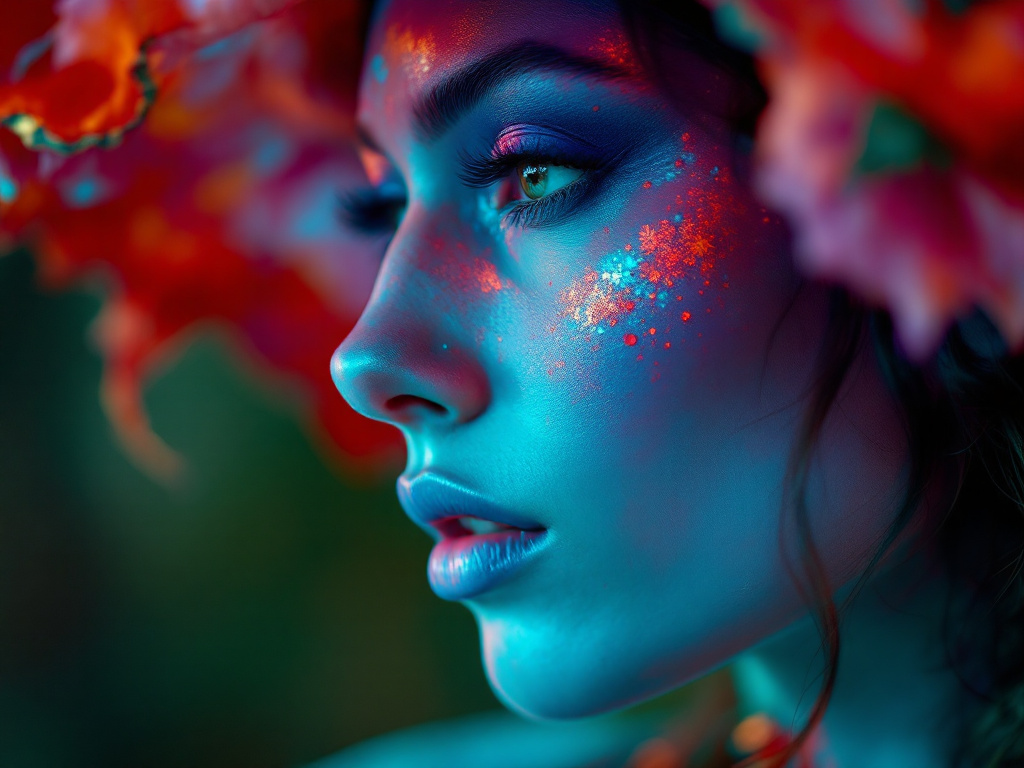AI Visual News

[Jocoding x Mintbear] AI Image Special Lecture
- AI Image
- AI Video
- AI Sound
- AI Films
- Mintbear
- Sora
- Gen-4
2025/04/08
- mintbear

Video Production Tools Comparison: Kling & Hailuo & Luma & Pixverse & Sora
- Kling
- Hello
- Sora
- Luma
- Pixverse
2025/03/10
- mintbear

1

Workflow Study Zoom Meeting (Public)
- Updates
- Mintbear
2025/02/20
- mintbear

Krea Chat: Images & Videos Created Through Conversation
- AI Image
- AI Video
- Updates
- Krea
- AI Films
- Flux
- Hello
- Kling
- Luma
2025/02/08
- mintbear

Deep Research using ChatGPT 'o3' model
- Updates
- AI LLM
- OpenAI
2025/02/06
- mintbear

2025 AI Era Human Intelligence Conference (On-site Sketch)
- AI Video
- AI Films
- Mintbear
2025/01/12
- mintbear
2

2025 AI Era Human Intelligence Conference (Mint Bear Lecture)
- AI Video
- AI Films
- Mintbear
2025/01/12
- mintbear

Sora is Open!
- AI Video
- Sora
- AI Films
2024/12/10
- mintbear

Sora In London
- AI Video
- Sora
2024/12/09
- mintbear

Hunyuan Video by Tencent
- AI Video
- Hunyuan
2024/12/07
- mintbear

Hailuo I2V-01-Live
- AI Video
- Hello
2024/12/04
- mintbear

Gen-3 Video Keyframing (Prototype)
- AI Video
- Updates
- Gen-3
2024/12/03
- mintbear

Fugatto: NVIDIA-generated AI heralds audio revolution
- AI Sound
- NVIDIA
2024/12/01
- mintbear

Korea AI International Film Festival Grand Prize Winner, Mateo Online Screening (Event ended / Please wait for the next screening)
- AI Video
- AI Films
2024/11/30
- mintbear

Leaked Sora Videos : Sora API Leak Incident
- AI Video
- Sora
2024/11/27
- mintbear

Leaked Sora Gallery
- AI Video
- Sora
2024/11/27
- mintbear

Luma updates - with Image Tools
- AI Image
- AI Video
- Updates
- Luma
2024/11/25
- mintbear

Introducing Flux.1 Tools for General Users
- AI Image
- Flux
FLUX.1 Tools is a set of tools for Flux.1 users, and is released as a module with four functions: 1 Fill, Depth, Canny, and Redux. This function already works in Stable Diffusion, but now Flux.1 can be used in more diverse ways for high-quality images.
2024/11/22
- mintbear
Introducing Flux.1 Tools for General Users
Season
2024.11
Summary
FLUX.1 Tools is a set of tools for Flux.1 users, and is released as a module with four functions: 1 Fill, Depth, Canny, and Redux. This function already works in Stable Diffusion, but now Flux.1 can be used in more diverse ways for high-quality images.
Category
- Flux
Tag
- AI Image
Dates
2024/11/22
Created by
- mintbear
SP
Empty















